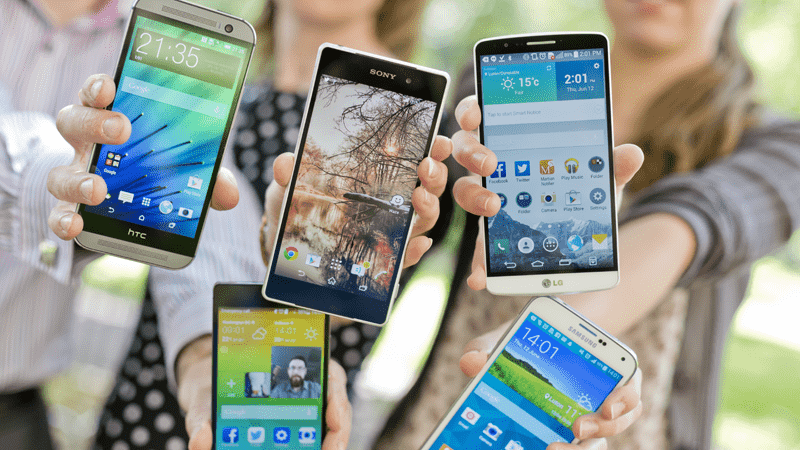Best Smartphone OS for Business Users: Selection
If you’ve been following our previous instalments comparing the ease of use, security, apps and features of the leading smartphone options for business users, you are now ready to make that all important selection.
Android – Android offers the widest selection of devices from a number of manufacturers including Samsung, Sony, LG and Motorola. They come in all shapes, sizes, specs and prices, from entry level to high-end flagship. The wealth of options available is too broad to look at any of them in detail but if you are looking for an OS that you can seriously customise then Android is your best bet. Use your budget to guide you to the version you want.
iOS – over the last year or two, Apple have increased their mobile product range to incorporate both the mid-range budget (iPhone 5C, available in a range of colours) and the ‘phablet’ market (iPhone 6 Plus and iPhone 6S Plus which feature a 5.5” screen). This move has increased the viability of iPhone as a ‘go to’ smartphone OS for business. Whether or not it has the level of customisation you want, only you can decide.
Windows Phone – the Windows Phone was previously available from multiple manufacturers including Nokia, HTC and Samsung. Following Microsoft’s purchase of Nokia, however, the Nokia brand has been ditched and all Windows Phones are now branded Microsoft. The product range is looking very broad, starting with the entry level Lumia 435 (with its weeny 4” screen) all the way up to the Lumia 1520 with a 6” screen and impressive 20MP camera. Microsoft have also just released some new devices running the new Windows 10 software, such as the Lumia 950 and Lumia 950 XL.
BlackBerry – compared to the other leading smartphone OS providers, BlackBerry has a limited but nonetheless sufficient range. While the BlackBerry Z30 and new BlackBerry Leap are full sized touchscreen smartphones that we are used to from the other brands, the Q20, Q30 (dubbed the ‘Blackberry Classic’) and the unusually named (and shaped) BlackBerry Passport, all feature full, physical QWERTY keyboards as well as touchscreens. Just released onto the market is the BlackBerry PRIV, a 5.4” screen smartphone with slide-out QWERTY keyboard and tactile curved edges like the Samsung Galaxy S6 Curve. This is the first device from BlackBerry to be powered by Android, which could well make for a smartphone with the best from both worlds.
Summary
Choosing the right smartphone has not got any easier with the constant power-plays between the providers; just as you think one of them is losing its way (BlackBerry) it comes back with something new to pique the interest of the market once more, and leaving you with yet something else to consider.
But while you are comparing and considering which smartphone OS provider to go with, just bear in mind those all-important questions we mentioned in the first instalment and you won’t go far wrong:
- What do your staff need it for? Just calls? Emails? Apps? Productivity? Desktop sync?
- What is your budget? Are iPhones necessary or cost effective for your business?
- What size/durability is required? Do you want a large screen to aid productivity or would your staff prefer something that doesn’t get in the way; do your people working in non-office environments need something a little more rugged?
If you still aren’t sure which smartphone OS is right for your business, give us a call here at Dunblue and we will be happy to have a chat with you about it.
Read previous articles in this series:
Part 5 – Features
Part 4 – Apps
Part 3 – Security
Part 2 – Ease of Use
Part 1 – Intro

